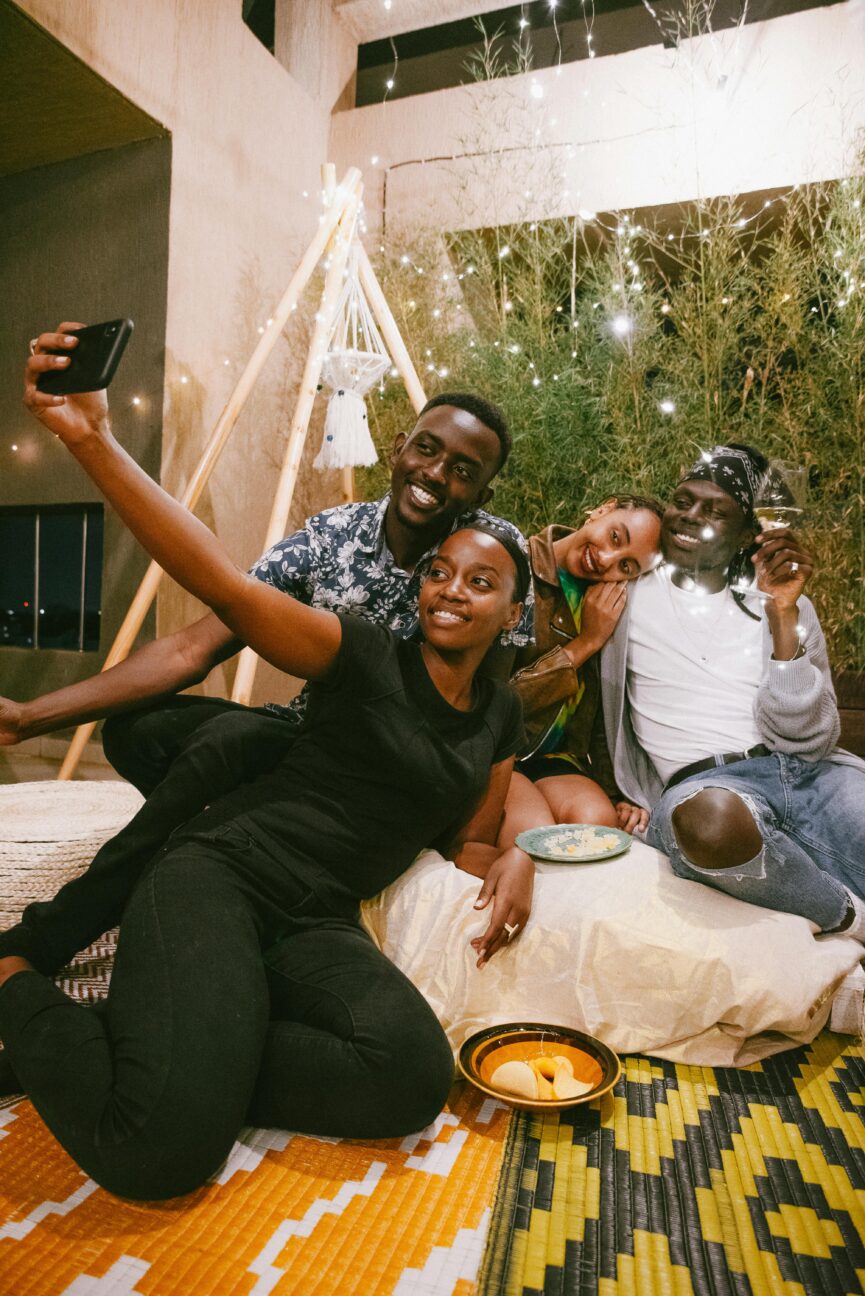Consumers are seeking out more meaningful IRL experiences that are digital-lite and seamlessly connected to their personal lives. This month’s trends spotted by GPJ Strategists Josh Fischer and Elizabeth Bikowski.

1. Leave your phone at home and disconnect to connect
Desire is growing for screen-free experiences that make us feel more present.
Recently, high school students in Florida and Indiana returned to school with new bans on phone use. While these policies are mandatory, they align with a broader, voluntary movement where people are increasingly seeking screen-free experiences. From digital detox hangouts and offline clubs to phone-free concerts and screen-free restaurants, more individuals are opting to disconnect. This trend is supported by a growing industry focused on intentional attention, with self-help books on focus, academic departments dedicated to “attention studies,” and experimental schools exploring “radical attention.”
What it Means
Concerns around technology have shifted from fears of data theft to worries about tech diminishing our ability to genuinely connect and be present. In response, some are taking drastic steps, like turning smartphones into “dumb phones” using physical app locks, buying nostalgic flip phones, or storing devices in signal-blocking Faraday cases.
Key Takeaway
The brand moment built for instagram may need counterbalancing with moments meant to facilitate more tangible connections. From activations to large-scale events, brands should experiment with screen-free zones or voluntary lockboxes—and see what happens when being present becomes a draw.
2. Gen Z is saying goodbye to stranger danger
Gen Z is ditching the dating apps and seeking chance, IRL connections.
Remote workers, digital nomads, and Gen Z transplants to big cities are joining clubs and using apps to find community. Powered by AI and algorithms – and explicitly not for dating or networking – many of these apps do not require the cumbersome maintenance of profiles, DMing, or swiping—eliminating the work needed to facilitate face-to-face encounters.

What it Means
The app Geneva calls itself “the online place to find your offline people,” with activities and clubs that provide communal third places outside home or work. For digital natives, who have never known a screen-free reality, there is novelty in unvetted, chance connections that are not siloed to social media or virtual communities who may never meet IRL.
Key Takeaway
Nvidia GTC recently offered attendees “Dinner with Strangers” reservations at nearby restaurants, which filled up quickly. Such success shows that standard networking can feel cringe as Gen Z and beyond seek out the unique, serendipitous, and informal to cultivate connections beyond their professional identities.

3. Pet-friendly experiences are the cat’s pajamas
Animal-inclusive experiences are rising in popularity to meet the growing demands of pet parents.
Brands are looking to tap into a new demographic of ‘pet parents’ by increasing their pet-friendly offerings to accommodate man’s best friend. Whether it’s an airline offering “white paw experiences” for its canine customers, to popular brands like Lyft introducing new initiatives that cater to Fido, to dog-friendly theme parks and restaurant weeks—everyone wants a slice of the estimated $259 million annual budget of pet parents.
What it Means
In a world where hyper-personalization is the expectation, and audiences are becoming more selective about the experiences that demand their engagement—increasing accessibility for our furry friends and finding ways to incorporate them into the experience could be a major factor in determining where someone spends their time and money.
Key Takeaway
Choosing locations with pet-friendly accommodations, introducing pet-focused yappy hours, and hosting moments like puppy adoption drives can enhance experiences for animal-loving attendees, differentiate your experience from the rest of the pack, and more effectively tap into a lucrative demographic of consumers.
4. Experiences are blurring the lines between online and IRL
Driven by digital natives, experiences are evolving beyond the confines of a single place or point in time.
Events are no longer confined to physical locations; instead, they’re being amplified by digital platforms and social media to engage wider audiences. At the US Open, for instance, the viral popularity of the signature Honey Deuce cocktail on TikTok led to a surge in sales, pulling at-home spectators into the event’s energy. Grey Goose took this further by partnering with restaurants in New York City and Chicago to offer the cocktail on their menus, even introducing a canned version that could be delivered to homes, allowing fans to engage with the event in real time from anywhere.

What it Means
As Gen Z and Gen Alpha come of age, they’re changing the experiential landscape. Events are becoming multidimensional, transcending geographic boundaries and creating ongoing, interactive experiences. Fans can now feel like participants rather than just observers, whether through live-streamed content, viral social media trends, or in this case, enjoying the same cocktail as those in the stadium.
Key Takeaway
Virality online is increasingly fueling engagement at in-person events, creating event extensions that build brand awareness and loyalty. Brands should respond by crafting experiences that blur the lines between virtual and real-world participation to amplify reach and create lasting emotional connections.
OUT-THERE EXPERIENCES
People, brands and marketers continue to push the boundaries of physical and digital experiences, with new and creative executions popping up across the globe.
Catch up on all our previous Experience Intelligence reports. Or schedule a strategy session with us!



